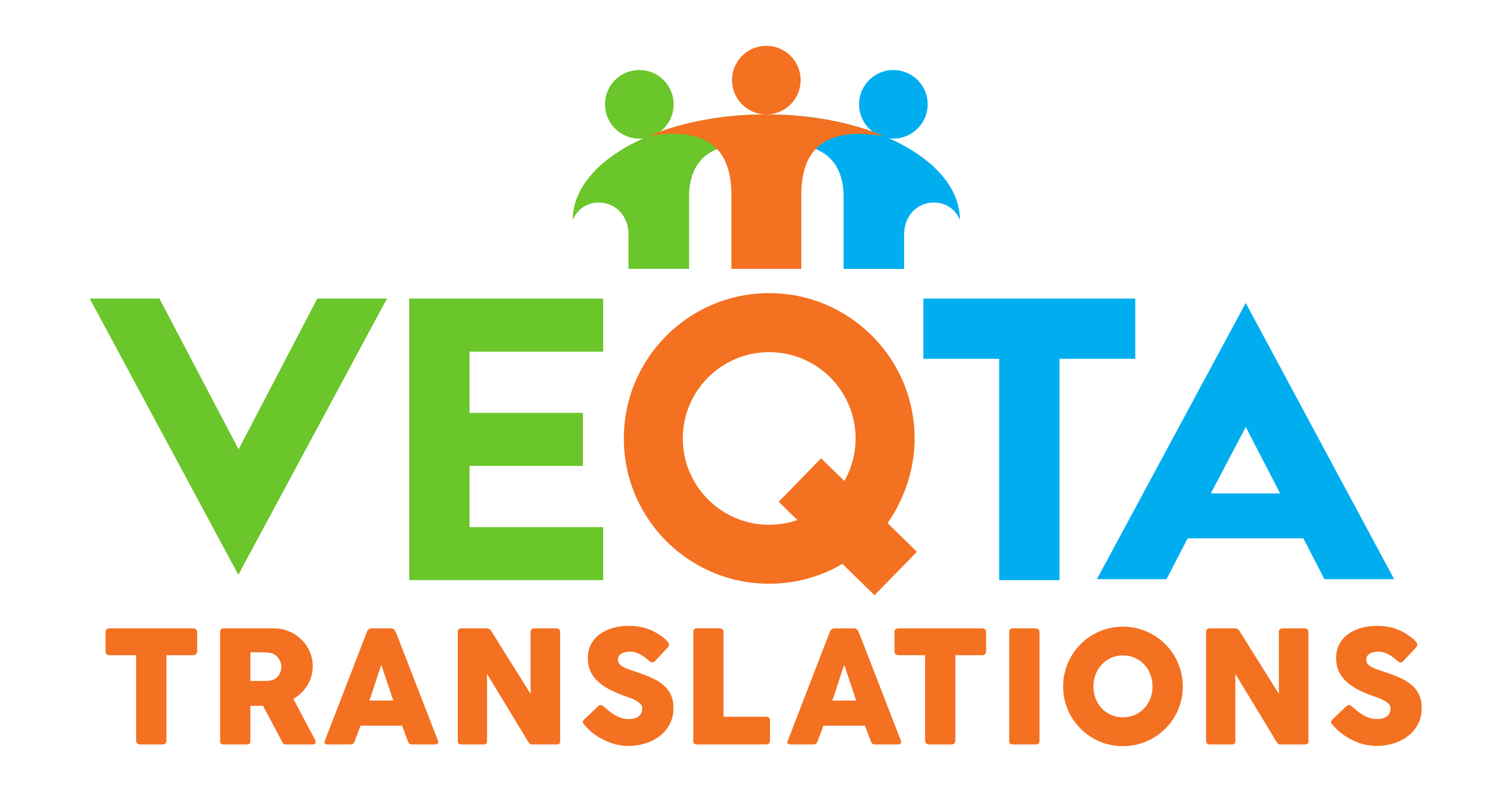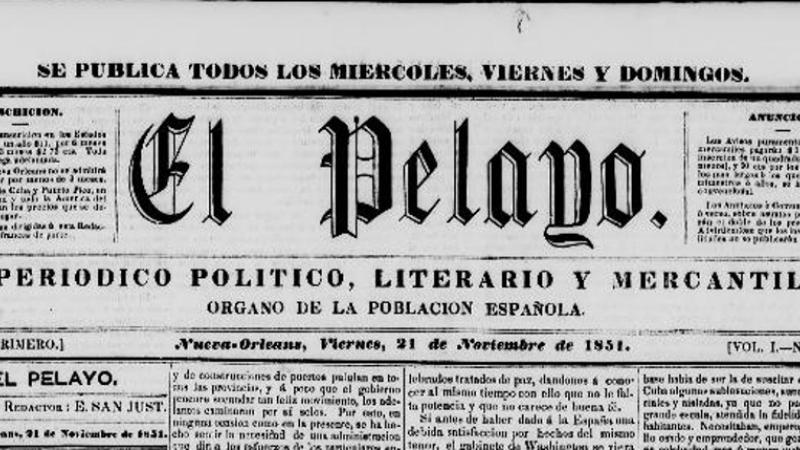Translating news is far more than a linguistic exercise—it’s an act of interpretation shaped by politics, culture, and context. When Spanish-language journalism from Latin America or Spain is translated into English, subtle shifts in meaning can drastically change the perceived message. Words that sound neutral in one culture may signal bias or evoke strong emotions in another.
This article explores seven of the most common cultural and ideological traps in Spanish-to-English news translation and how skilled translators navigate them to preserve nuance and credibility.
- Misinterpreting Political Terms and Ideology
Political language varies widely across Latin America, and literal translations often distort meaning. For instance:
- “Manifestantes” may be translated as protesters, activists, or rioters—each carrying different political weight depending on the outlet’s stance.
- “Golpe de Estado” translates literally to coup d’état, but in some contexts, it may refer to political crises or institutional power struggles rather than an armed overthrow.
- “Populista” is another dangerous term: while often used neutrally in Spanish, in English it can imply manipulation or demagoguery.
A translator must analyze the ideological tone of the original piece and match it with the target audience’s journalistic expectations. Outlets like BBC Mundo and El País América actively brief translators on maintaining neutrality across political lines.
- Translating Regional Identity and National Pride
Terms like “patria”, “criollo”, or “mestizo” carry deep cultural and historical significance that resists direct translation.
For example, during coverage of Latin American independence anniversaries, the phrase “orgullo nacional” (national pride) must be carefully rendered to avoid hyperbole in English. Similarly, “nuestros héroes”—often used in Latin American reporting about soldiers or activists—may sound propagandistic if translated literally. Translators often replace it with “veterans” or “historical figures” to preserve tone without losing cultural identity.
- Handling Religion and Symbolism with Sensitivity
Catholic imagery permeates much of Spanish-language media. Headlines like “Un milagro en los Andes” or “El viacrucis de los migrantes” blend religious metaphor with human stories.
In English, these may be translated as “A Miracle in the Andes” (as in the real 1972 plane crash survival story) or “The Migrants’ Ordeal”. While the literal term “via crucis” refers to Christ’s path to crucifixion, using “ordeal” or “struggle” in translation conveys the same emotional weight without alienating secular audiences.
Religious nuance matters especially in U.S. reporting, where faith is politically charged. Translators must balance metaphor with neutrality.
- Slang and Colloquial Expressions in Journalism
Regional slang is a major translation hazard. Consider these examples:
- “Estar hasta las narices” literally means “to be up to one’s nose,” but functionally translates to “fed up.”
- “No tener pelos en la lengua” (literally “to have no hairs on one’s tongue”) means “to speak bluntly.”
- “A la brava” (literally “the hard way”) may carry connotations of violence or recklessness depending on context.
In journalistic settings, translators often adapt idioms to equivalent English expressions that preserve tone. A Reuters-style translation might simplify colorful idioms to maintain objectivity, while a feature piece might keep some flavor for cultural authenticity.
- Emotional Weight in Headlines and Subtitles
Spanish news headlines tend to be emotional and rhythmically expressive:
“México llora a sus desaparecidos” literally means “Mexico cries for its disappeared,” but a direct translation risks sounding melodramatic.
Professional editors might rewrite this as “Mexico Mourns Its Missing Citizens”—maintaining compassion without exaggeration.
Studies from the Columbia Journalism Review show that emotional framing significantly alters reader perception across languages, making headline translation one of the most politically sensitive tasks in international journalism.
- Translating Violence and Conflict Objectively
Terms like “enfrentamiento” (confrontation), “masacre” (massacre), or “represalia” (reprisal) can heighten tension when mishandled.
A real-world example comes from the coverage of Colombia’s armed conflict: local outlets used “enfrentamientos entre el ejército y la guerrilla”—translated by foreign media as “clashes between the army and rebels.” However, if “guerrilla” is rendered as “insurgents” or “terrorists”, it can dramatically alter the perceived legitimacy of one side.
Ethical translation involves consulting both local and international reporting standards to ensure accuracy, especially in conflict-sensitive coverage.
- Nuances in Gender and Inclusivity Language
Spanish uses gendered nouns and adjectives, while English is moving toward gender neutrality. Translating inclusive language such as “latinx”, “todos y todas”, or “personas trabajadoras” (literally “working people”) can be ideologically charged.
Some English outlets, like The Guardian or NPR, now maintain specific style guides for gender-inclusive translations. The translator’s role is to reflect the original intent faithfully—whether inclusive or traditional—without imposing external norms.
Conclusion
Spanish-to-English news translation demands precision, cultural literacy, and ethical judgment. Translators are not just language specialists; they’re mediators of worldview. A single mistranslated term can shift political meaning or public sentiment. The best translators work closely with editors, fact-checkers, and cultural consultants to ensure that journalism remains fair, nuanced, and faithful to its source—bridging two worlds rather than distorting one for the other.
FAQs
Q: Why is Spanish-to-English news translation so complex?
A: Because it requires not just linguistic accuracy, but awareness of political, cultural, and emotional tone—each of which can shift meaning.
Q: How do translators maintain neutrality?
A: By consulting editorial style guides, understanding political context, and avoiding terms with unintended ideological connotations.
Q: Do Latin American idioms appear in global news?
A: Yes. Outlets often adapt or explain them using contextual notes or footers to aid English-speaking readers.
Q: What’s the most common mistake in news translation?
A: Misreading tone—especially in politically or emotionally charged topics like protests, elections, or conflict.
Q: Do translators collaborate with journalists?
A: Absolutely. Major outlets like Reuters and BBC World Service require translator-editor collaboration to preserve factual and tonal integrity.


